How to Dress for Cold Weather

Playing in the snow, ice skating, and building snowmen are some fun activities you can do during cold weather. But before that, it’s important to make sure you know how to protect your body from the low temperatures with certain clothing pieces.
5-Minute Crafts has gathered some key tips on how to properly dress each body part when faced with excessive exposure to chilly weather.
1. Torso
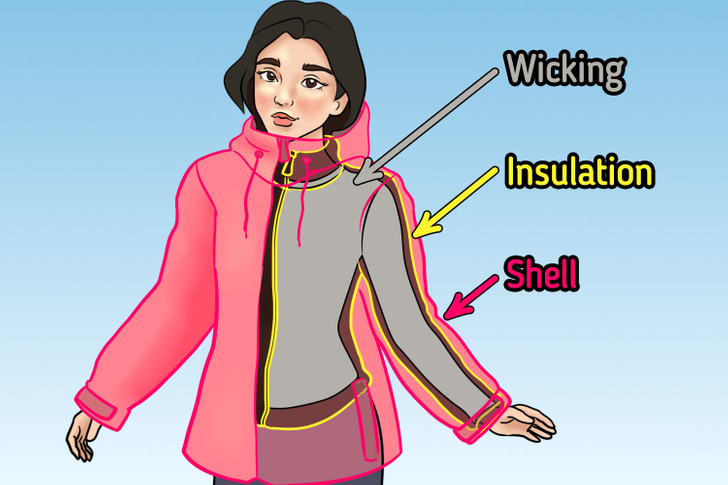
Consider the 3-layer rule. This method ensures proper protection against harsh, cold weather, and it consists of using 3 layers of clothing that provide different purposes:
- Wicking: The first layer is mainly to keep your body warm and dry. Consider synthetic fabrics that dry quickly and have the ability to pull the perspiration away from your skin toward the next layer where it can evaporate.
- Insulation: Pick lightweight fabrics, like wool or fleece, for this layer, as these can trap warmth in to keep you comfortable but are still breathable.
- Shell: The third and outermost layer is the one that will protect you the most from wind, rain, and snow. Ideally, you’ll have different outer layers for different types of activities. For a walk around town or an outdoor event, pick something as warm as you can. But for a more sporty activity, aim for breathable, waterproof fabrics.
2. Head

3. Hands
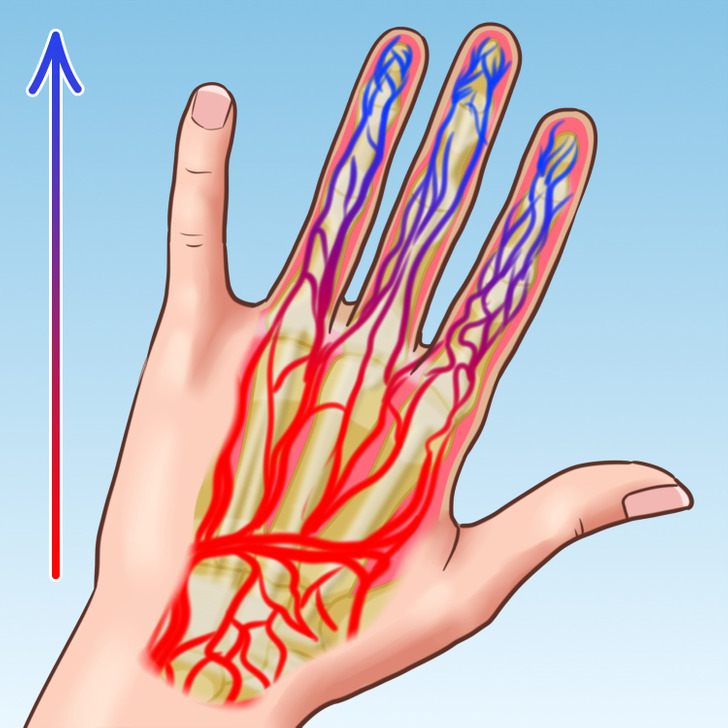
4. Legs
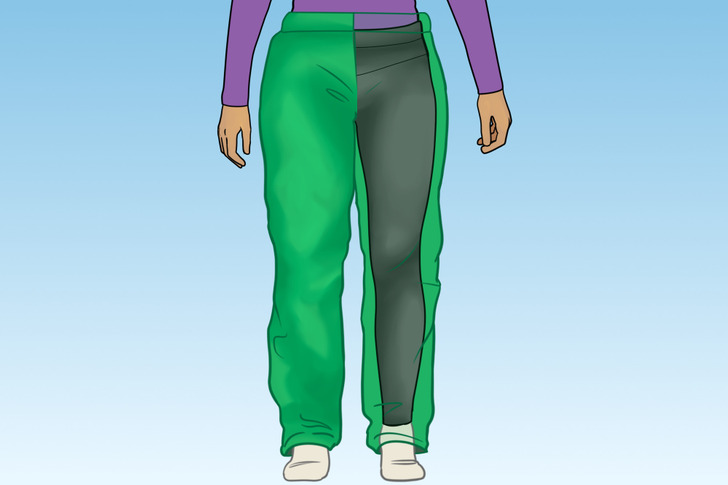
Protect your legs with long underwear. Consider investing in thermal long johns and wear these underneath your snow pants to make sure your legs stay warm and cozy. Full-body long johns are also available and can cover your entire body.
5. Feet
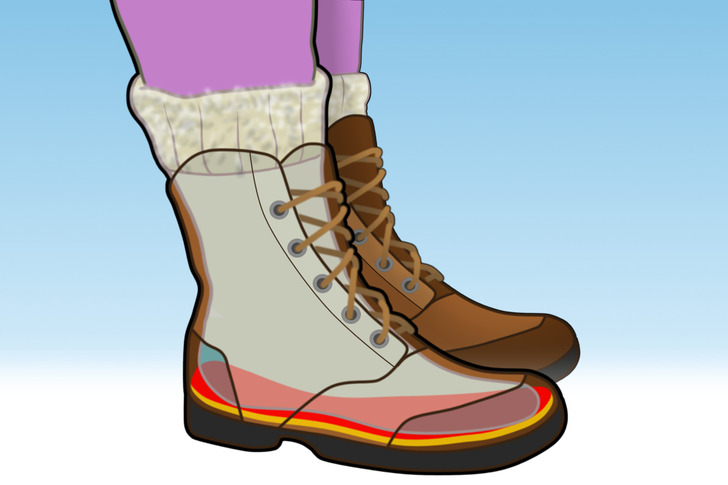
Just like hands, the feet can get cold rather quickly. Socks made out of synthetic fiber and wicking socks are ideal. Avoid cotton material, as it takes too long to dry and will keep your feet wet and cold after sweating. Look for waterproof, durable shoes or boots that are designed to grip the snow or ice. If you want to be sure your feet will stay warm, slip some heated shoe insoles into your boots.
6. Temperature
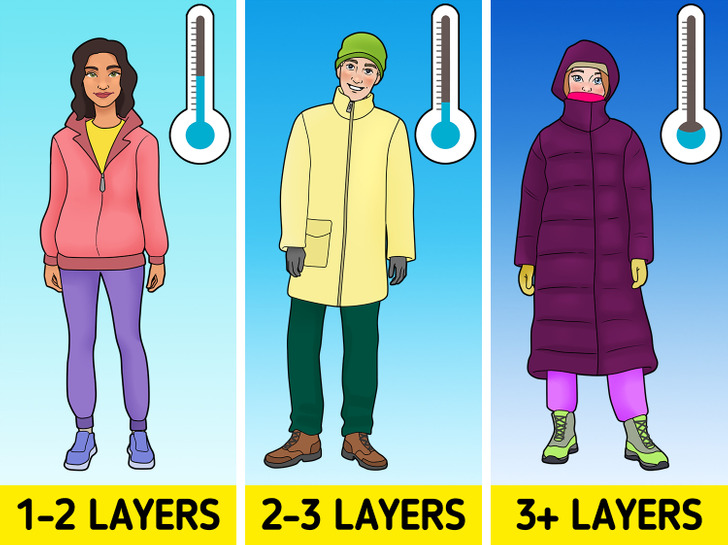
Depending on how cold the weather is in your location, the graph above can help you determine the appropriate amount of clothing.